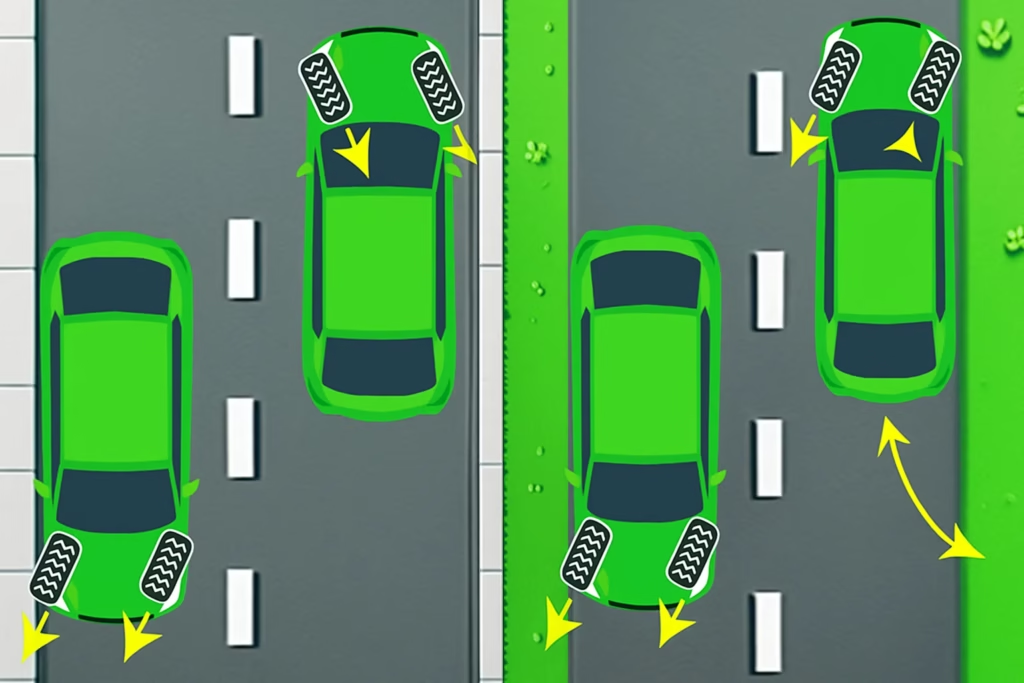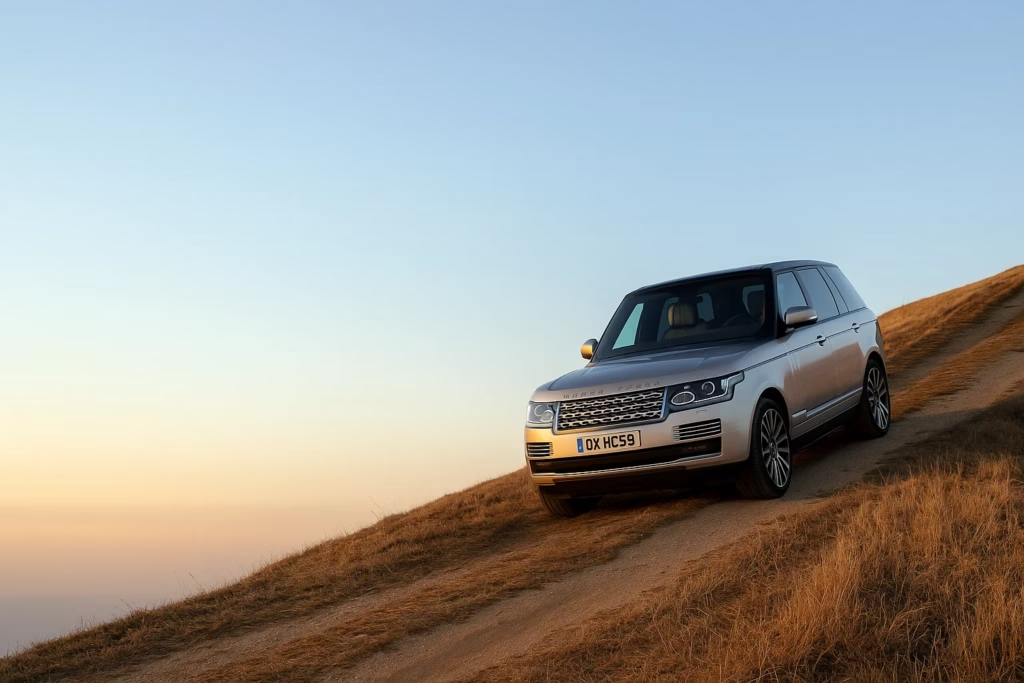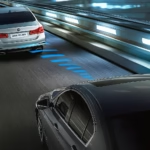Parking on a hill might seem tricky, but with a few smart habits, you can make sure your car stays safely in place. Whether you’re on a steep incline or a gentle slope. Let’s look at how to do it right, why it matters, and what to avoid.
Why Parking on a Hill Is Different
When you park on a hill, gravity is not your friend. Even a small slope can make your vehicle roll if it’s not properly secured. Using the right technique ensures your safety and prevents accidents, especially in areas with busy streets or uneven terrain.
How to Park Uphill and Downhill
1. Parking Facing Uphill (with a curb)
Turn your front wheels away from the curb.
Let the car roll back slowly until the back of the front tire gently touches the curb.
Set the parking brake firmly.
If your car has a manual transmission, shift into first gear; for automatics, put it in Park (P).
This ensures that if your brakes fail, the curb will stop your car from rolling downhill.
2. Parking Facing Downhill (with a curb)
Turn your front wheels toward the curb.
Let the car roll slightly until the tire touches the curb.
Engage the parking brake.
Keep the transmission in reverse gear (manual) or Park (P) (automatic).
This makes your car rest safely against the curb instead of rolling into traffic.
3. Parking on a Hill Without a Curb
No curb? No problem.
Uphill or downhill, turn your wheels toward the edge of the road or shoulder.
This way, if your car rolls, it will move off the road rather than into it.
Always engage the handbrake.

Extra Safety Tips for Hill Parking
Double-check the brake: Before leaving your vehicle, gently lift your foot off the brake pedal to ensure it holds steady.
Use wheel chocks (small wedges behind the tires) if parking for long periods or on very steep slopes.
Avoid overloading your vehicle on hills, as extra weight can strain your brakes.
Always face the right direction: Park as close as possible to the curb and in the direction of traffic flow.
FAQs
1. Which way should I turn my wheels when parking uphill?
When parking uphill with a curb, turn your front wheels away from the curb. Let your car roll back slightly until the tire touches the curb. This way, if your brakes fail, the curb will stop your car from rolling downhill.
2. How should I park downhill?
If you’re parking downhill, always turn your wheels toward the curb. This ensures your car rolls into the curb instead of into traffic if the brakes fail.
3. What if there’s no curb when I park on a hill?
If there’s no curb, turn your wheels toward the edge of the road or shoulder, regardless of whether you’re facing uphill or downhill. This helps prevent your vehicle from rolling into the road.
4. Should I use the parking brake when parked on a hill?
Yes — always use your parking brake. Even if your car is automatic, the parking brake provides an extra layer of safety and keeps your car stable.
Parking on a hill doesn’t have to be stressful. With simple precautions like turning your wheels the right way, setting your brake, and following proper gear rules, you can keep your vehicle safe every time. Remember: it’s not just about protecting your car — it’s about protecting everyone on the road.
Discover more from SMOOTHSTEERING
Subscribe to get the latest posts sent to your email.



